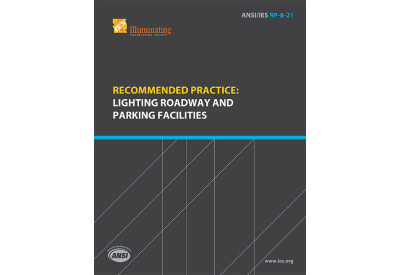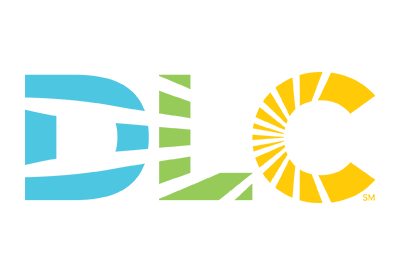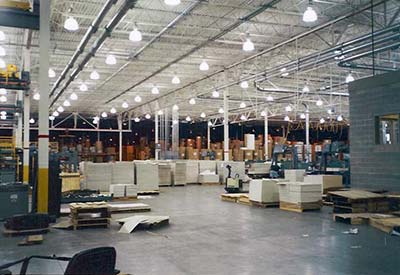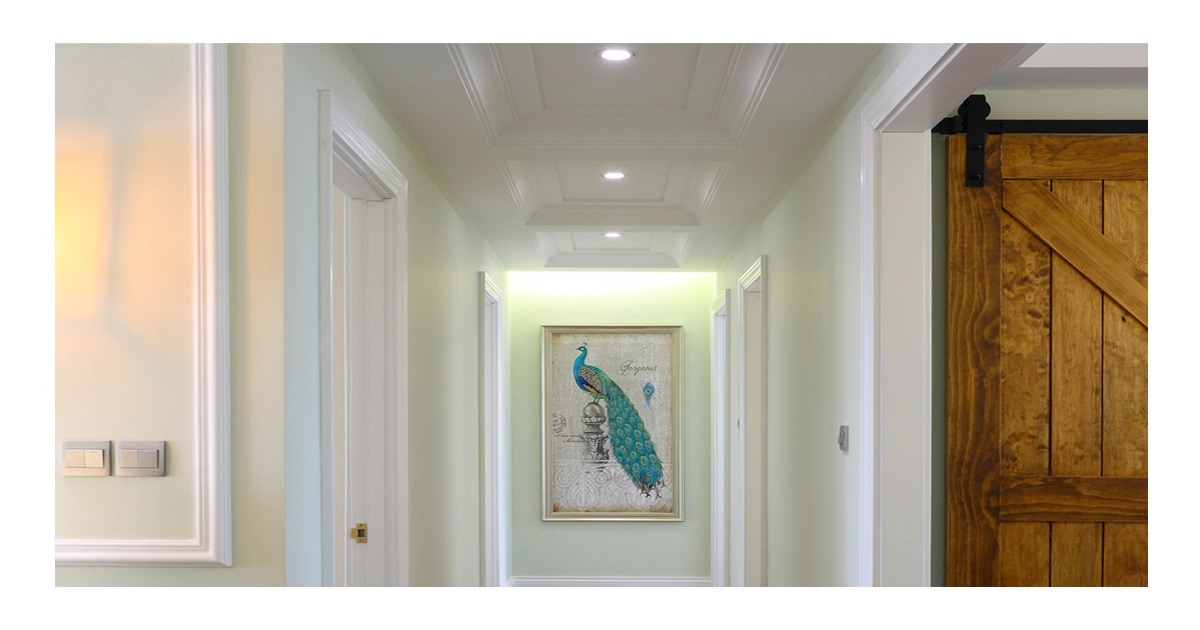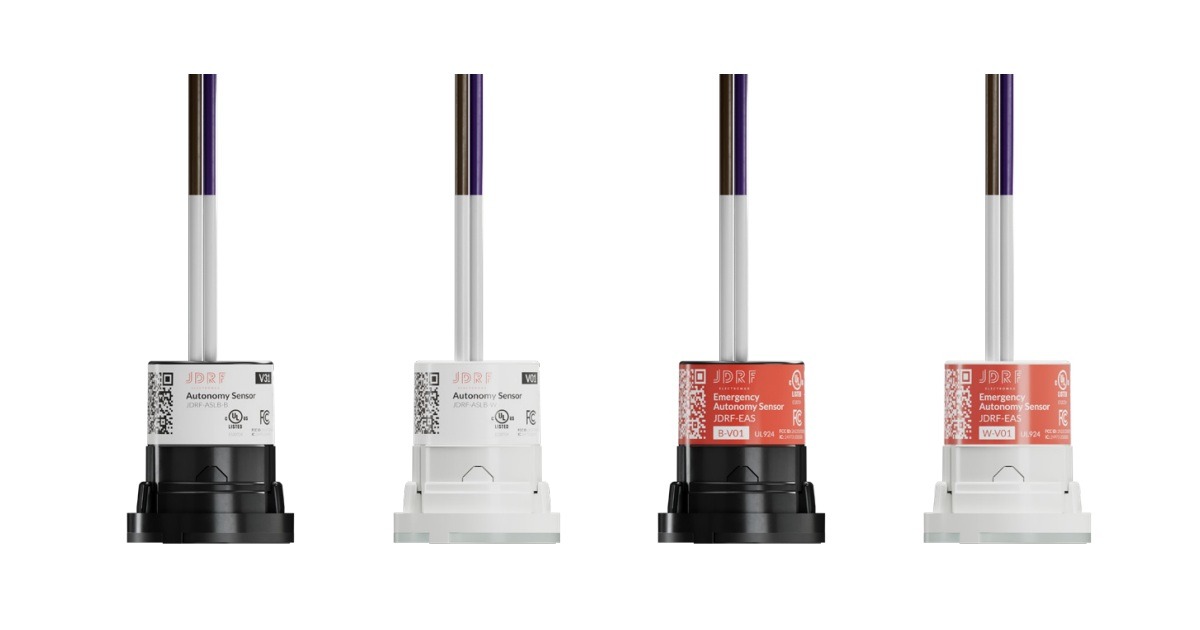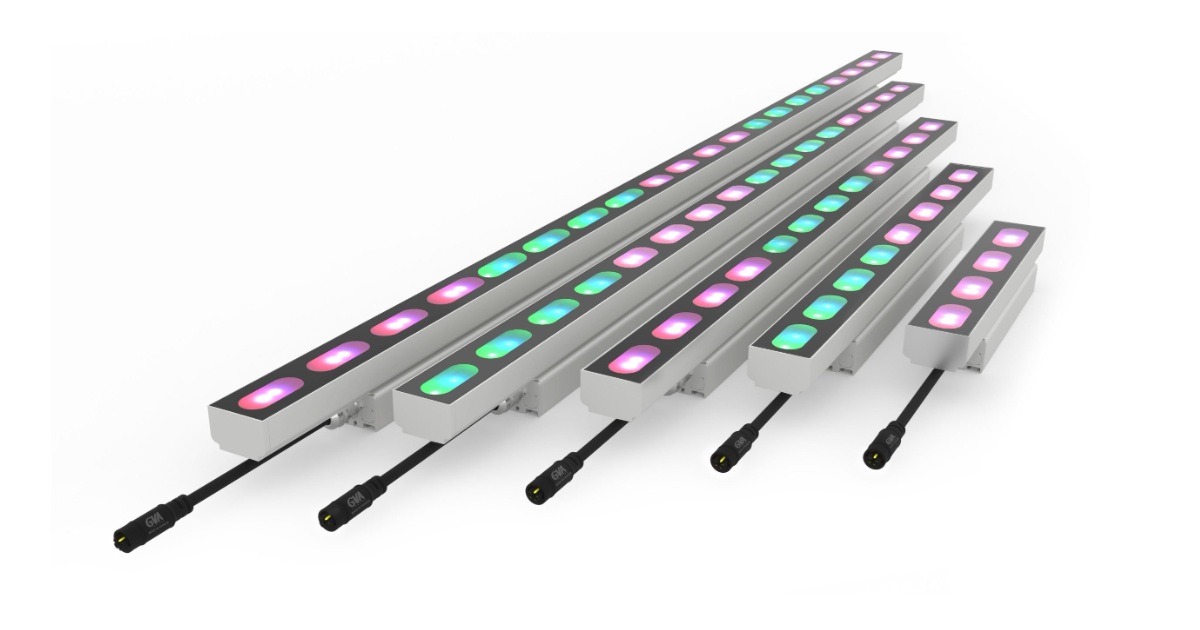The Internet of Things — From the Sensor to the Application Via the Cloud

October 23, 2017
More and more, the Internet is being expanded by the ability to connect smart objects, and it thus increasingly helps people to perform their everyday tasks, usually without them being aware of it. Welcome to the Internet of Things! It all began with the use of individual sensors, which are now being networked with a large and growing number of smart devices and which send data to the cloud, thus paving the way for exciting new application possibilities.
Wireless sensors — the sensory organs of the Internet of Things
The Internet of Things is growing exponentially. Studies speak of 20 billion devices being connected to the Internet by 2020 and 30 trillion “things” by 2030. Most of these “things” will be sensors. These devices record the data that are so important for processing information and are thus the sensory organs of the IoT. They are mounted, for example, on windows, doors, walls, landscaped areas and plants. These solutions are interesting primarily for applications that require a large number of sensors; for example, in building automation and to collect data in traffic and usable areas. To meet the different requirements, sensors must be small, unobtrusive and easy to install.
The overwhelming number of IoT sensors will be wireless radio sensors, since connecting them to the Internet with cables is quite impractical. Moreover, it is not possible to power these trillions of wireless sensors with batteries, due to the amount of maintenance work involved as well as the cost of battery replacement and disposal. The logical conclusion is to use energy harvesting wireless technology.
Smart homes are only one of countless IoT applications
Innovations such as lawnmowers that continuously keep the grass at an ideal height, and vacuum cleaners that automatically vacuum the home were mocked only a few years ago but are enjoying increasing popularity today. Some of these devices can even be operated by voice control. The question of whether these things are really necessary brings to mind the discussions of power windows in cars many years ago: a suitable hand crank did the job in less time. So why replace it with a power window that also costs more? Easy answer: the power window is more convenient, which is why new cars no longer come with hand cranks. The same thing will happen with building automation. Very few people in the private sphere give priority to this benefit when making a purchasing decision. However, smart homes will be basic equipment in the residential construction market a few years from now. Property owners will also want to add this function as a retrofit.
From asset management to the campus
Use cases, in which comprehensive or even predictive evaluation of extensively collected data in the IoT adds considerable value for users, are currently the ones most interesting and most widely discussed. The quantity of conceivable applications seems to be endless, and yet a number of fundamental fields of application can be identified.
In offices, development laboratories and creative spaces, seat occupancy can be detected with presence detectors, and the use of devices can be determined with power meters. In connection with room climate data (temperature, brightness, CO2, moisture), room usage profiles and even a correlation with the effectiveness at particular workplaces could thus be determined. This could make it possible to optimize the use of rooms and devices and possibly even the work results.
Early detection and intervention in the event of fires and water leakage is a good sales argument for insurance companies and thus a crucial way to build customer loyalty. Sanitary facilities would be much easier to use if sensors reported the fill level of paper and soap, and if the degree of toilet use were transmitted by the door contact. In hotels and other living and useable spaces, the combination of window contacts and motion sensors is an ideal way to increase protection, security and energy efficiency. A closed window protects the room against bad weather, avoids unnecessary heating and prevents false alarms by the motion sensor caused by the wind. Combining the sensors with available weather data on the Internet is also useful.
To enable seniors to live in their own homes comfortably and safely, motion sensors in mattresses, fall and presence detectors as well as flexibly positioned emergency call and control buttons supply urgently needed information. Motion sensors in indoor markets can be used to determine movement profiles and protect the premises at night. Booth-mounted climate sensors regulate the ventilation depending on the location and use; sensors on elevators, fan motors and pest traps signal a need for maintenance.
Outdoor applications
The IoT has an endless number of potential applications even outside buildings. In addition to detecting and analyzing traffic flows, the importance of parking space management in urban centers will rise sharply in the future. For this purpose, traffic flows and parking space availability must be detected with thousands upon thousands of sensors. To be able to feed the world’s ever growing population, and to optimize quality and crop yields, plantations and crop areas must be monitored with millions of sensors. The condition of bridges and rockfall nets can also be monitored with vibration sensors, and natural disasters such as floods can be detected at an earlier stage.
The cloud — the networking command centre of the IoT
Increasingly, devices and sensors will be networked via the Internet in the form of web-based services: so-called cloud services. However, the amount of intelligence needed locally and especially which user- and operator-specific data need to be stored on site for data privacy reasons are still under discussion. One important aspect is the time availability of a cloud-based solution. Since this availability is not always ensured, basic security relevant functions, such as turning room and basement lights on and off, must be implemented locally and ensured without access to the Internet. However, the functionalities, user interfaces and range of web-based services are growing rapidly and offer enormous potential for application. If an appropriate system partitioning is selected, it becomes apparent that value-added services and the interconnection of the individual functionalities should be reproduced on the Internet in the future. The cloud thus becomes the central system intelligence for value-added services.
The gateway — the link between sensors and the cloud
In this regard, the gateway that connects the local sensors to the cloud takes on enormous importance. A suitable cross-standard and open software stack in the gateway forms the basis for integrating the data of the EnOcean wireless sensors into the managed services of the IoT platforms hosted in the cloud. This results in an interoperable network, in which the collected data can be used for the intelligent control of different devices, independently of the equipment manufacturers and the cloud platforms.
The IoT players — from IT giants to industrial corporations to startups
The trend is moving toward the intelligent networking of objects by means of cloud-based services and analyzing data collected with the help of sensors. The well known IT corporate giants who offer these cloud-based services and tools are in a good position here. IBM, Cisco, Apple, Microsoft, Google and Amazon are currently getting ready for an arms race in which each vies for the best position in the networking command centre of the IoT.
In addition to the big IT players, classic industrial corporations such as Siemens, Bosch, ABB and General Electric also believe themselves to be well armed to conquer the IoT market with their market access and experience in engineering and product life cycle management. They must urgently establish themselves in this market segment in order to keep pace with the IT corporate giants, since the next stage on the value chain in automation engineering will be reached through digitalization.
The market is also exciting because more and more specialized providers and start-ups are entering the field. Most of them lack critical mass but instead have the advantage of being able to act disruptively, unburdened by any existing business. However, all of these IoT players have one thing in common: They need to have the best access to data, specific sensor solutions and therefore close collaboration with sensor providers. For example, IBM and the EnOcean Alliance will work together in their new partnership to promote the use of intelligent building solutions and standardize smart IoT applications.
In summary, let me say that there is an enormous amount of unstructured data that needs to be sifted through, analyzed, weighed, interpreted and learned. The latest data must be used for control purposes but also related to historic information and other data available on the Internet with tools such as the IBM Watson IoT platform in order to thereby discover any unknown correlations that may exist. This will result in new insights and a new understanding of interrelationships.
Armin Anders is Vice President Business Development at EnOcean. He is one of the five EnOcean founders, an experienced marketing and project manager and an expert for trend markets such as smart home and consumer applications. His personal enthusiasm for the EnOcean world is to establish this exciting and innovative technology, now that it’s out of its infancy, in further versatile mass market applications. This article was first published as an EnOcean blog.


